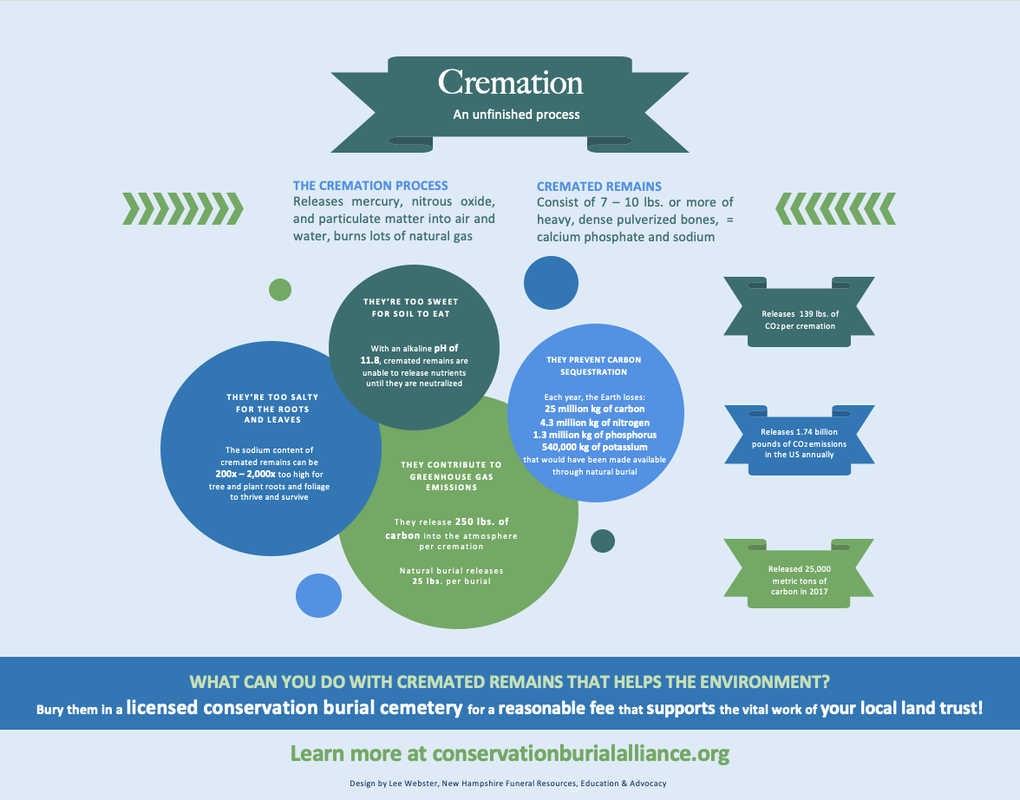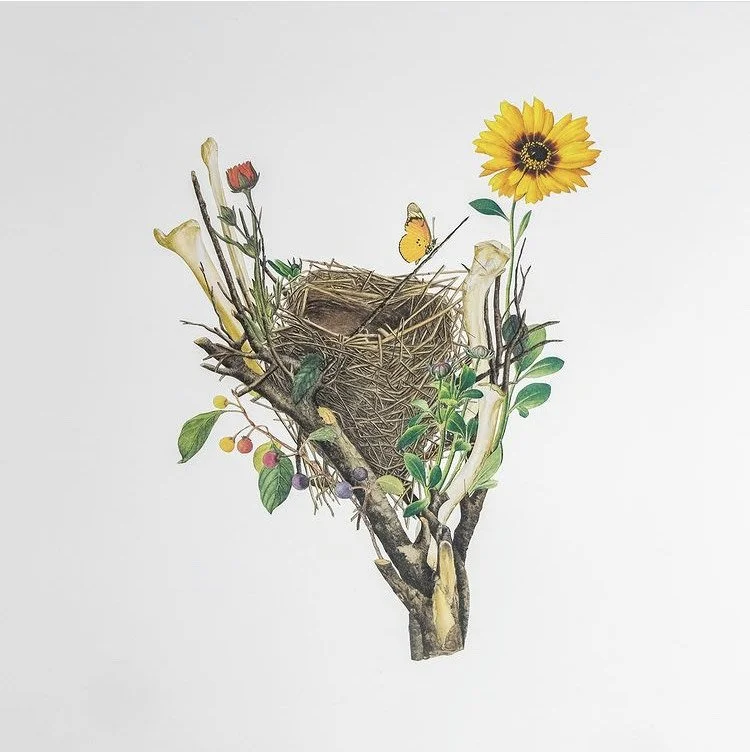Resources
On Conservation Burial
Conservation Burial Alliance – A collaborative of conservation burial grounds and allies. Their collection of stories from families who have chosen conservation burial is a great way to understand the experience.
See what a conservation burial ground is like in this video about Prairie Creek Conservation Cemetery in Florida.
Defining Conservation Burial – In-depth thoughts from Billy Campbell, founder of the first conservation burial ground in the U.S.
On Natural Burial
Green burial defined – from the Green Burial Council
Green Burial Cemeteries in the US and Canada – a comprehensive list maintained by Lee Webster, a long-time leader in the green burial movement
Video on natural burial from Natural Burial Canada
On Death & Dying
National Home Funeral Alliance – Educating families and communities to care for their own loved ones after death
Minnesota Threshold Network – Advocating family-directed after-death care, including home vigils and green burial choices.
Death Cafe Twin Cities – Monthly conversations around death, dying, life, and living.
Some Favorite Books
Greening Death: Reclaiming Burial Practices and Restoring Our Tie to the Earth by Suzanne Kelly, 2015
Our Last Best Act: Planning for the End of our Lives To Protect the People and the Places We Love by Mallory McDuff, 2021
Reimagining Death: Stories & Practical Wisdom for Home Funerals & Green Burials by Lucinda Herring, 2019
Plus this whole list of books, videos, and articles from our friends at the Conservation Burial Alliance
On Cremation
Conventional cremation by fire burns over 30 gallons of fossil fuel and emits mercury, carbon and other toxins into the air. There are currently no filtering standards for cremation equipment in the U.S.
Alkaline hydrolysis, often referred to as ‘cremation by water’, uses warm water, an alkali solution and gentle movement to reduce the body to bone. This process is less damaging to the environment because it uses less energy and reduces less toxins into the atmosphere.
Whoever told you that cremated remains are helpful to trees and plants wasn’t telling you the entire story. As Lee Webster shows in the image below, cremated remains are too sweet for the soil (high alkaline pH) and too salty for plants and leaves (high sodium).
Whether the human body is reduced to bone fragments via fire or water, the wealth of nutrients from the human body can no longer be used by the earth. Because cremation is the most widely used burial choice, most natural burial areas offer the right to bury or scatter cremated remains. They use a soil-like material to neutralize the cremated remains so they do not do harm to the plant life of the area.
Illustration used with the kind permission of the artist, Ellie Douglass, MDiv @artoftransitions
Looking for even more resources? We’re happy to help! We give talks, and you can contact us here.


